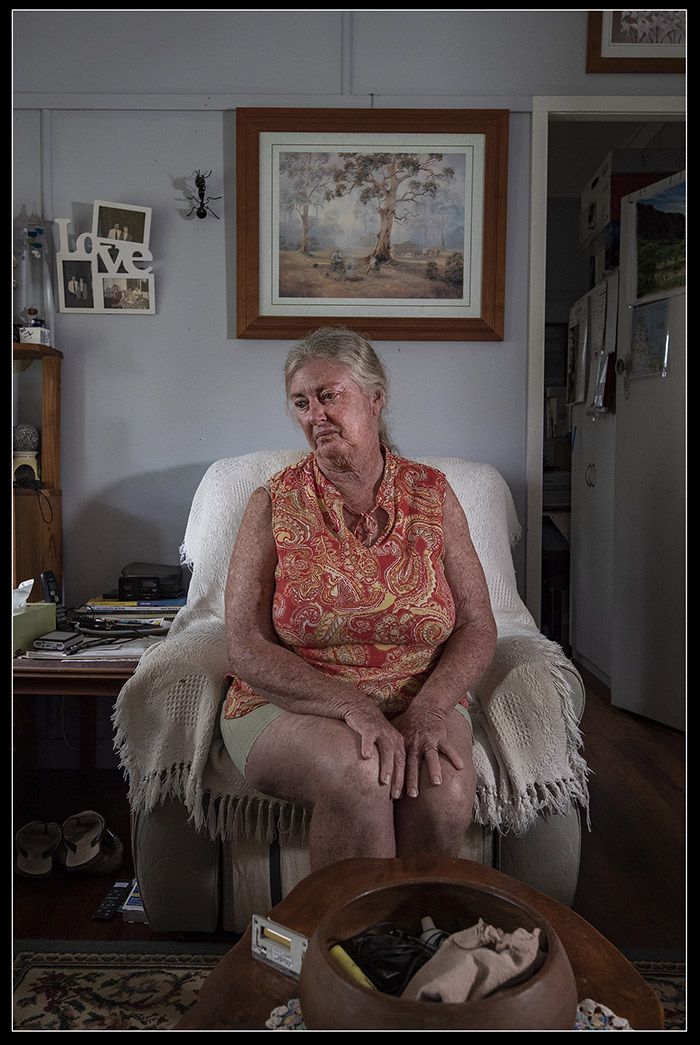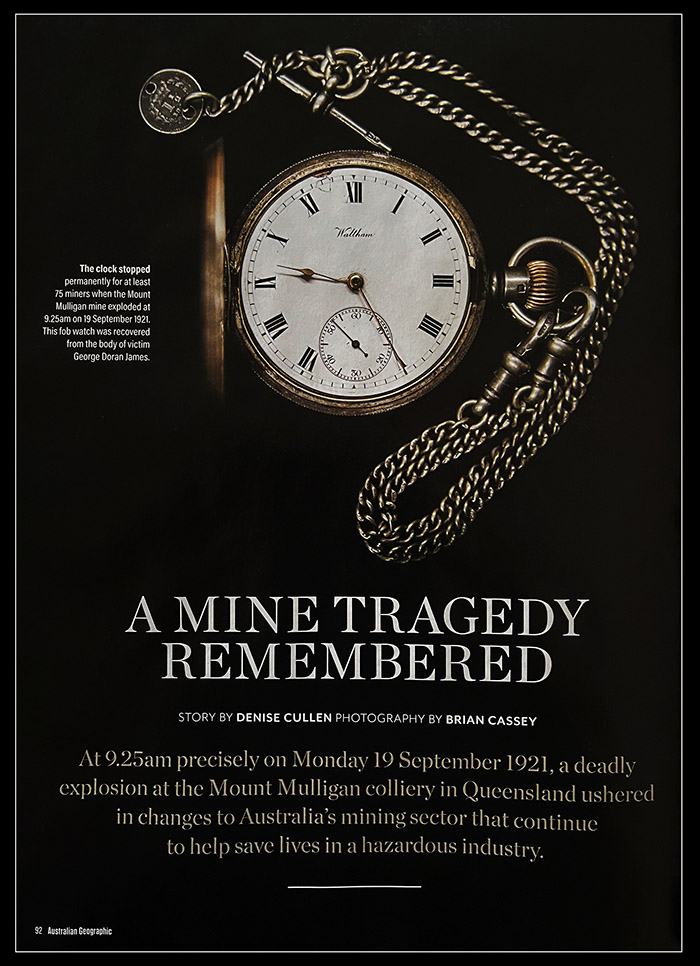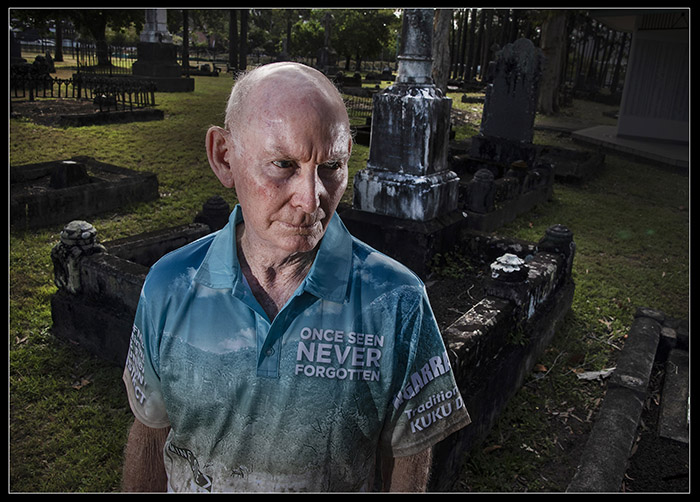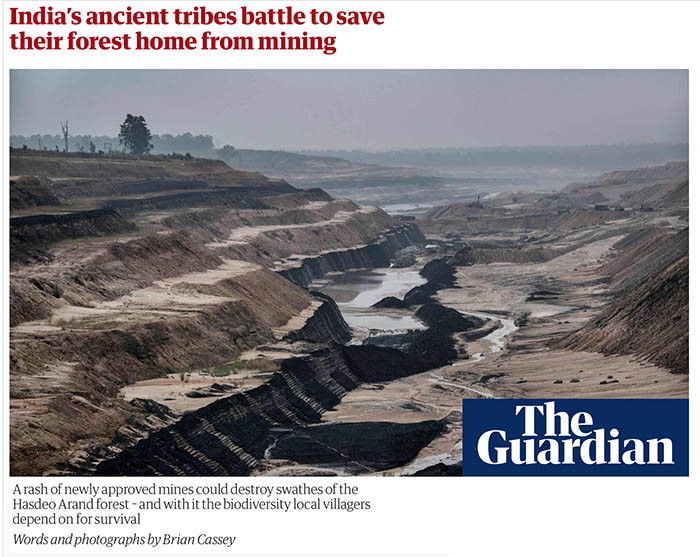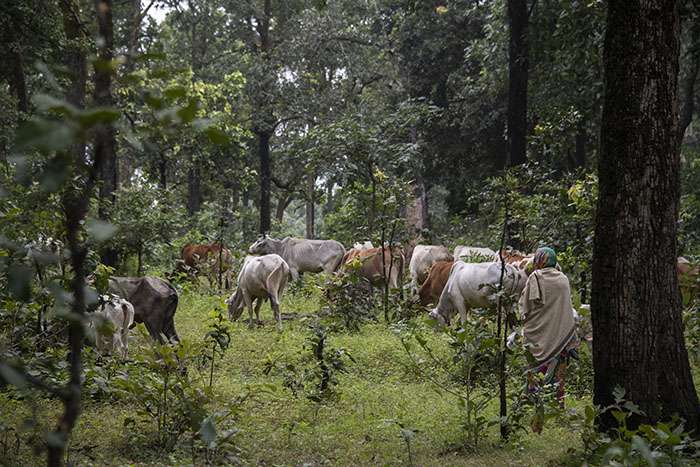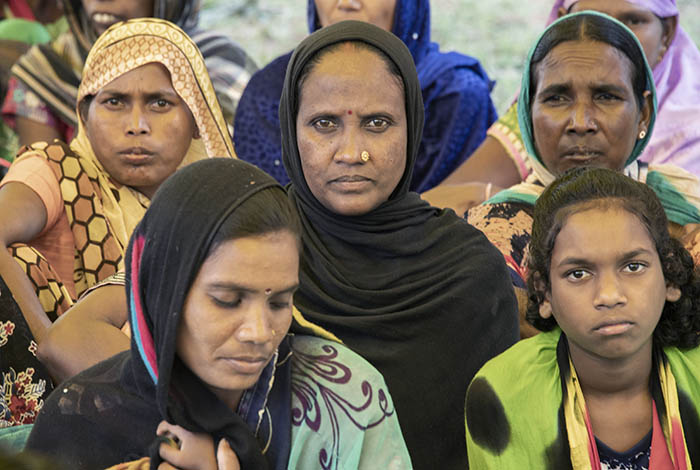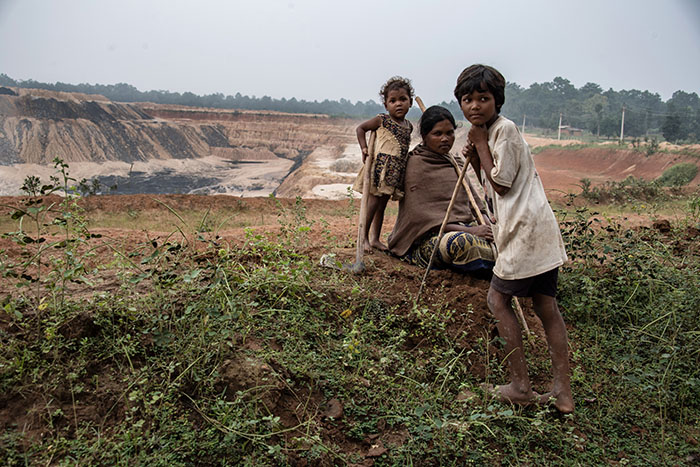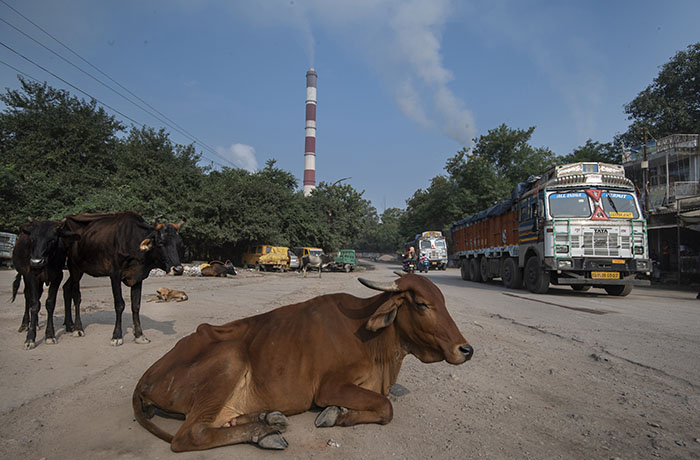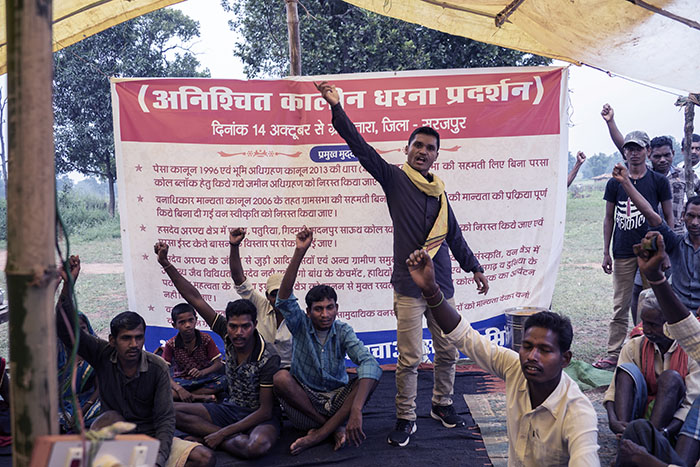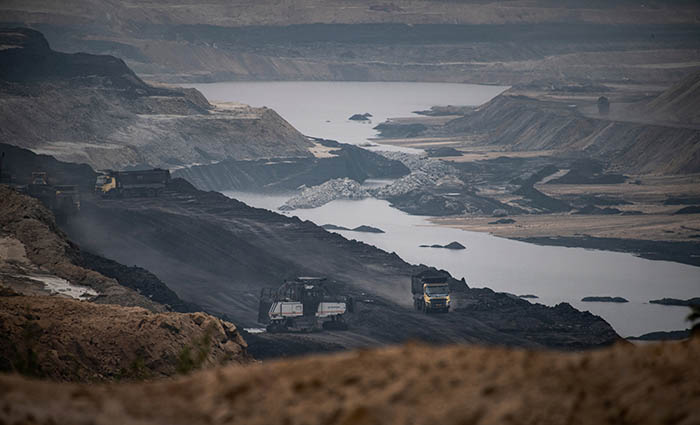How do you illustrate, in the middle of a pandemic, a story of a tragedy that happened one hundred years ago in a remote part of Australia ? That was the delightful challenge that I was set by Australian Geographic for their story in the just published March/April ’22 edition on the September 1921 Mt Mulligan mine disaster on Cape York Peninsula that took the lives of seventy five miners.
Journalist Denise Cullen initially came up with the names of several people who had strong connections to Mt Mulligan both before and after Australia’s second largest mine tragedy in 1921. A couple were in then Covid Delta locked in New South Wales so ‘out of bounds’.
However, most were fortunately in Queensland and so began a several weeks quest around the Sunshine State to find and photograph these fascinating individuals. I found and made portraits … and listened fascinated … as they sat and told me their stories in Cairns, Mackay and the Atherton Tablelands.
Ken Best worked in the mine up until it’s final closure in 1957 and told of older miners stories of ‘ghosts’ in the mine. Pam Millett’s grandfather had a contract to cart logs to the mine to shore up the ceilings and roof, and he was delivering logs at the time of the deadly explosion. Helen Scott and her family were the last to leave the mine settlement when it was finally closed and ‘removed’. Desley Brkic’s grandfather was the first to witness the smoke from the mine explosion.
Arguably, though, the most emotional image for me was found at the end of a journey to Mackay to photograph an object.
Stephen Smyth of the Construction, Forestry, Maritime, Mining and Energy Union (CFMEU) is the ‘keeper’ of an inanimate object that, for me, summed up the story of the disaster perfectly in a simple single frame … a battered ‘Waltham’ pocket watch that was on the person of miner George Doran James when he was killed in the explosion. The watch ‘stopped’ at the moment George, along with his son and seventy three others died at nine twenty five that morning.
It was a pleasure to be afforded the time to portray and meet these fascinating people over a time frame that is rare these days … (Thanks AG and Editor Chrissie Goldrick) and to be involved in this story that is a part of Australia’s history.
Check out Denise’s story and my images (including two whole page pics) spanning ten pages of Australian Geographic print journal 167 March/April edition … on sale now.
Images – top – Desley Brkic reflects on the disaster at her home in Tinaroo, centre – the ‘Waltham’ watch, worn by a blast victim, that stopped at the moment of the explosion, bottom – ex miner Ken Best of Mackay. © Brian Cassey, Magazine © Australian Geographic
